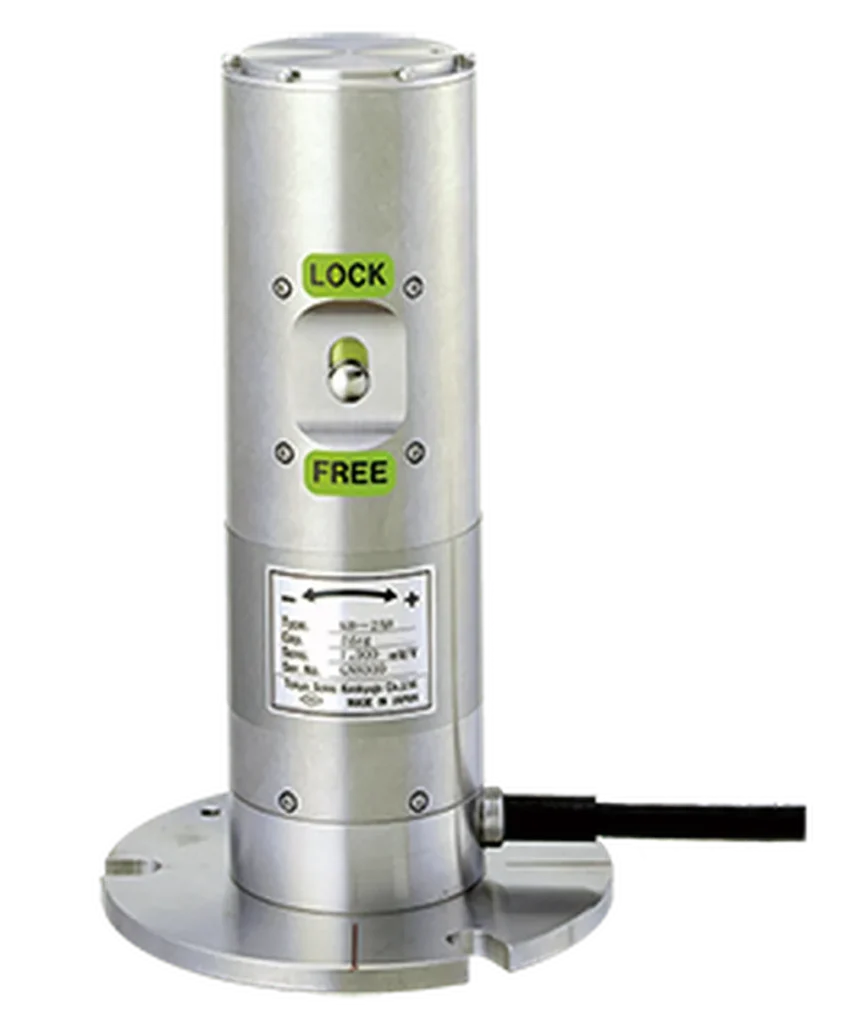In the dynamic world of construction and energy, precision is paramount. A breakthrough in inclinometer technology, developed by Iwao Matsuya from the Department of Mechanical Engineering at Tokyo Denki University, promises to enhance tilt measurement accuracy even in the most vibration-prone environments. This innovation could significantly impact the energy sector, where precise monitoring is crucial for operational efficiency and safety.
Matsuya’s research, published in the *Mechanical Engineering Journal* (known in Japanese as *Nihon Kikai Gakkai Ronbunshu*), introduces an optical inclinometer that leverages a ball lens and viscous fluid to mitigate disturbance vibrations. The sensor comprises a light-emitting diode (LED), a ball lens on a concave lens, and a position-sensitive detector (PSD). The viscous fluid not only dampens minor vibrations but also serves as an additional optical element, enhancing the system’s stability and accuracy.
The choice of silicone oil as the viscous fluid was critical. “Silicone oil proved to be the most suitable due to its damping properties, temperature stability, and appropriate refractive index,” Matsuya explained. This careful selection ensures that the inclinometer maintains high resolution, estimated at 0.00052°, even in the presence of disturbance vibrations ranging from 0.1 Hz to 1.0 Hz and accelerations from 0.17 mm/s² to 9.11 mm/s².
The implications for the energy sector are substantial. Accurate tilt measurements are essential for monitoring the structural integrity of wind turbines, oil rigs, and other critical infrastructure. “In environments like buildings under construction, where disturbance vibrations are always present, accurate inclinometer measurements are required,” Matsuya noted. The robustness of this new inclinometer could lead to more reliable monitoring systems, reducing downtime and maintenance costs.
The development process involved ray-tracing simulation to design the optical system, ensuring optimal performance. The inclinometer’s ability to minimize the impact of disturbance vibrations was rigorously tested, with results showing that the output angle remained within ten times the resolution during testing. This stability is a game-changer for industries that rely on precise tilt measurements.
As the energy sector continues to evolve, the need for advanced monitoring technologies becomes increasingly apparent. Matsuya’s research offers a glimpse into the future of inclinometer technology, where precision and stability are not compromised by environmental factors. This innovation could pave the way for more efficient and safer operations in the energy sector, ultimately contributing to a more sustainable and reliable energy infrastructure.
In the words of Matsuya, “The developed optical inclinometer offers high resolution for tilt sensing and robust stability against disturbance vibrations.” This breakthrough not only advances the field of mechanical engineering but also holds significant promise for the energy sector, where accuracy and reliability are paramount.

